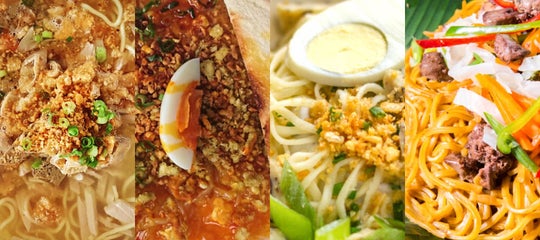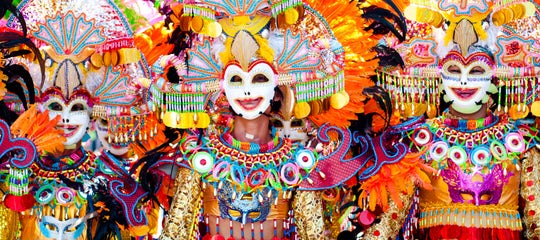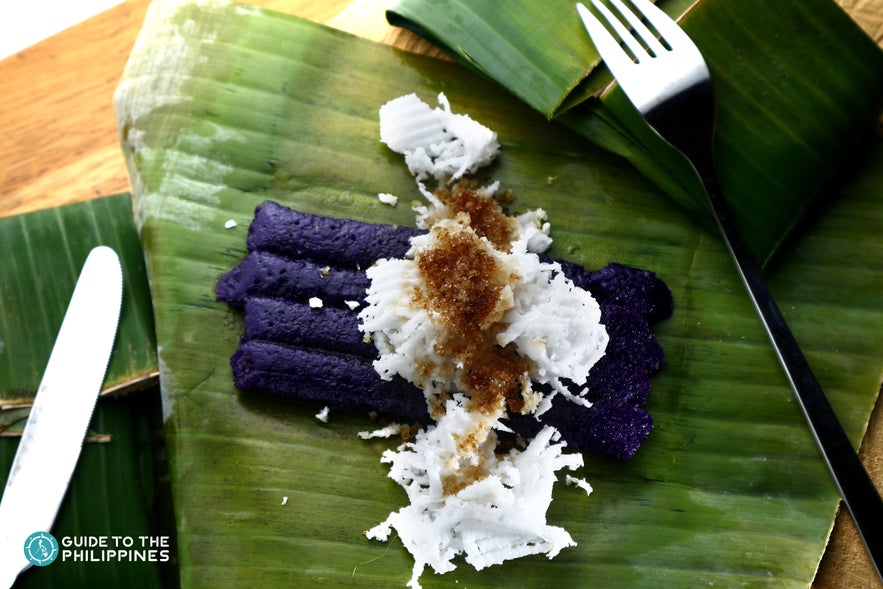
Getting a taste of Christmas in the Philippines is one of the best cultural experiences that any visitor shouldn't miss. If you're spending this joyous season in the Philippines, every table in a typical Filipino house will be filled with the tastiest spread of iconic dishes from savory to sweet. Find out some of the best Christmas food in the Philippines that should be on your foodie bucket list.
There is probably no other place in the world that celebrates Christmas as festive, bountiful, and early as the Philippines. As soon as the calendar hits the first “ber” month, Filipinos are already up and about decorating their homes, streets are beginning to light up, and favorite Christmas carols are being played on loop inside malls and establishments.
All these ultimately lead to joyous celebrations come Christmas Day all the way to New Year. And speaking of celebrations, massive feasts of Filipino food take center stage during the yuletide season in this country.
But just before you begin to salivate, let us talk about the two major feasts during the Christmas season in the Philippines. Noche Buena, which translates to “night of goodness,” happens at the eve of Christmas.
Being predominantly Catholic, Filipino families attend the Misa de Aguinaldo first and then wait for the clock to strike 12 and partake of the bountiful feast together.
The other celebration, which the rest of the world revels as well, is Media Noche or New Year’s Eve. Chances are, there are still leftovers from Noche Buena by this time, but as a sign of attracting abundance or prosperity for the year to come, more food is being prepared for Media Noche.
- Read our article on the best Christmas destinations in the Philippines
If you're spending the Christmas holidays in the Philippines (one of the best cultural experiences you can have in the country), here are some of the most delicious Christmas food favorites of Filipinos that you shouldn't miss:
13. Lumpiang Ubod
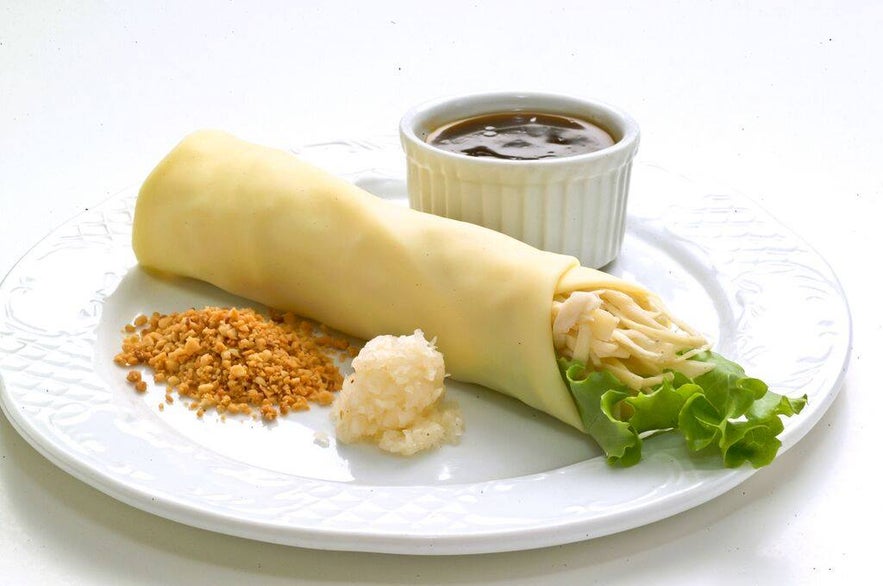 Photo by Via Mare
Photo by Via Mare
Fresh spring rolls are almost a staple in many Filipino celebrations. The version here uses heart of palm (ubod ng niyog) with shrimp, pork, and strips of carrots, stuffed inside a crepe-like wrapper made with cornstarch and eggs.
Popularly known as Lumpiang Ubod, this party snack is best served with a sweet and salty sauce with peanuts and garlic. Others opt to do a deep-fried version, with the same filling rolled in ready-made lumpia wrappers.
12. Barbecue
 Photo by Ineng's Special BBQ
Photo by Ineng's Special BBQ
Filipino feasts won’t be complete without serving something fresh and hot off the grill, and the main star would have to be the Filipino pork barbecue. These are thinly sliced pork meat, marinated in a mixture of seasonings and spices, skewered in bamboo sticks, and grilled over charcoal.
The sweet and salty marinade is a combination of soy sauce, vinegar, calamansi (native lemon) juice, brown sugar, and a lot of garlic. Others would swear by adding soda as a perfect meat tenderizer.
A basting sauce is also made with the leftover marinade added with banana catsup for a sticky, caramelized finish. Mix soy sauce, vinegar (or calamansi juice), and chili peppers, and you get the best dipping sauce for the pork barbecue.
Homemade is definitely the best way to go. But in the Philippines where it's regarded as one of the best Filipino street food, barbecue stalls are just about in every street corner, so enjoying this delectable dish won’t be much of a hassle at all.
11. Pancit Malabon
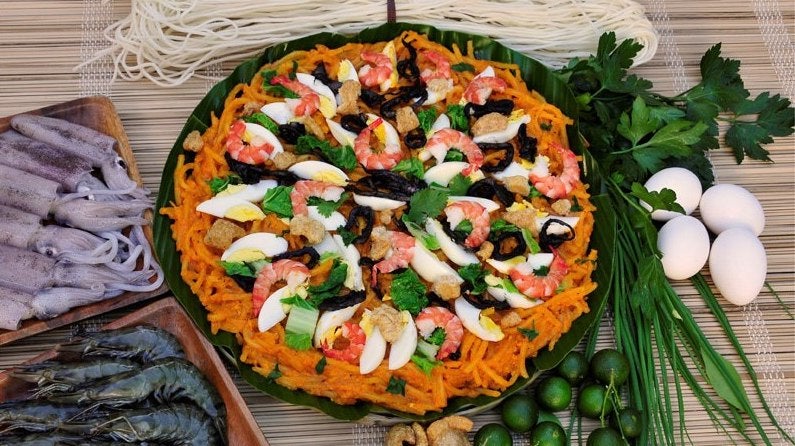 Photo by Pancit ng taga Malabon
Photo by Pancit ng taga Malabon
Filipinos love their noodle dishes! Thanks to a heavy Chinese influence brought about by pre-colonial trading, noodles have become a staple in celebrations, especially during birthdays as a symbol of long life.
Pancit Malabon is just one of many flavorful noodle dishes served during Christmas. It originated in Malabon City, a coastal area with bountiful ocean harvest — and why this noodle features a wide array of seafood toppings.
The dish is very similar to Pancit Palabok, but uses thicker, round rice noodles, with a yellow-colored sauce made from shrimp juice, crab fat, and annatto (locally known as atsuete) oil. The generous toppings include shrimp, oysters, mussels, squid, smoked fish flakes, crushed pork cracklings, and boiled eggs.
10. Castañas
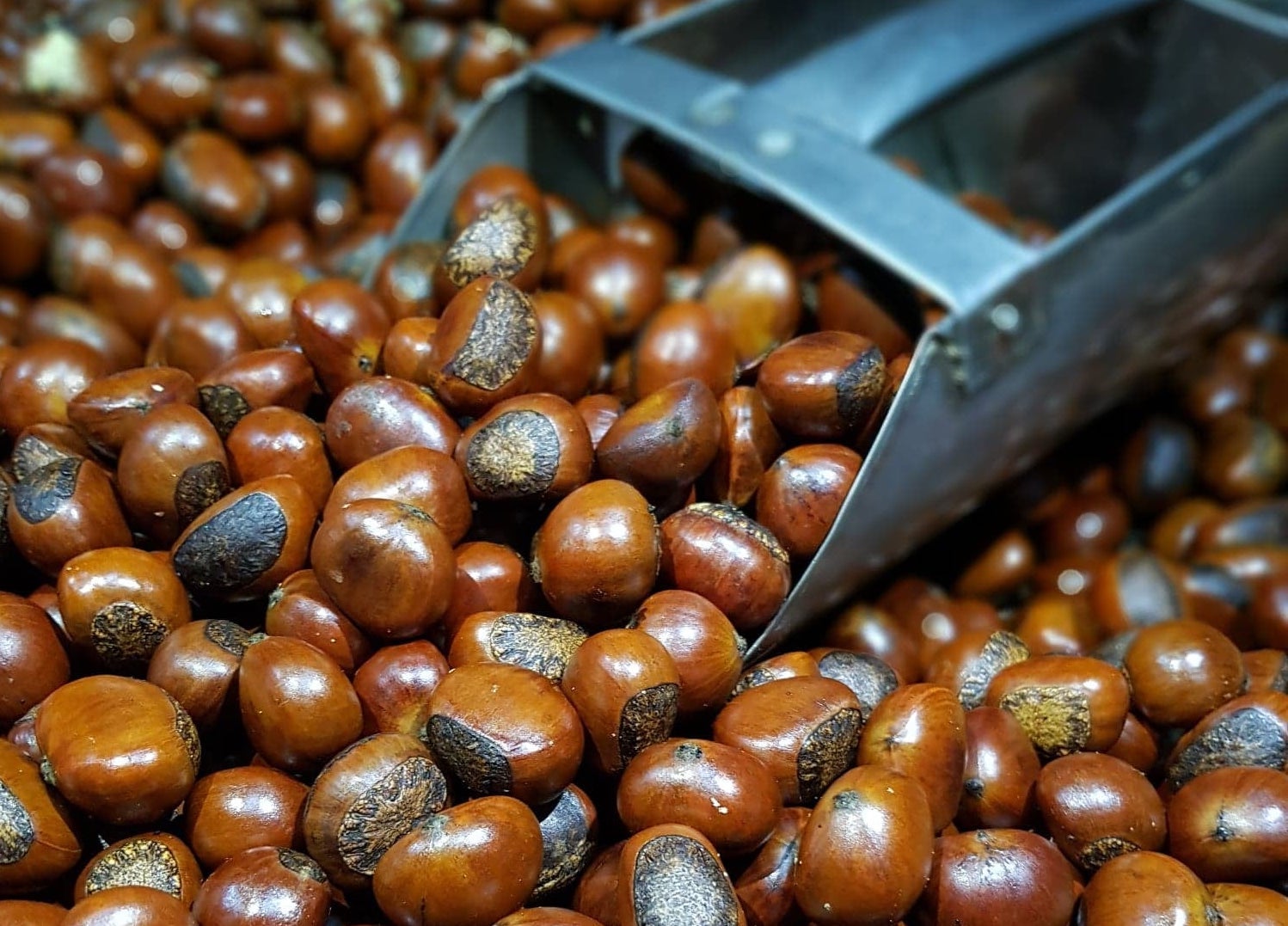 Photo by Miknik's Castanas
Photo by Miknik's Castanas
You’ll know it’s Christmas in the Philippines when the smoky and nutty aroma of roasted chestnuts fills the air. Known as castañas, this snack is so popular during this season that a Christmas carol is even written about it!
Most of the castañas roasted in big woks and sold by vendors on the streets come from China, but there are local varieties as well. Best eaten warm, chestnuts have a sweet and smoky taste that goes so well with the cold months leading to Christmas.
9. Macaroni Salad
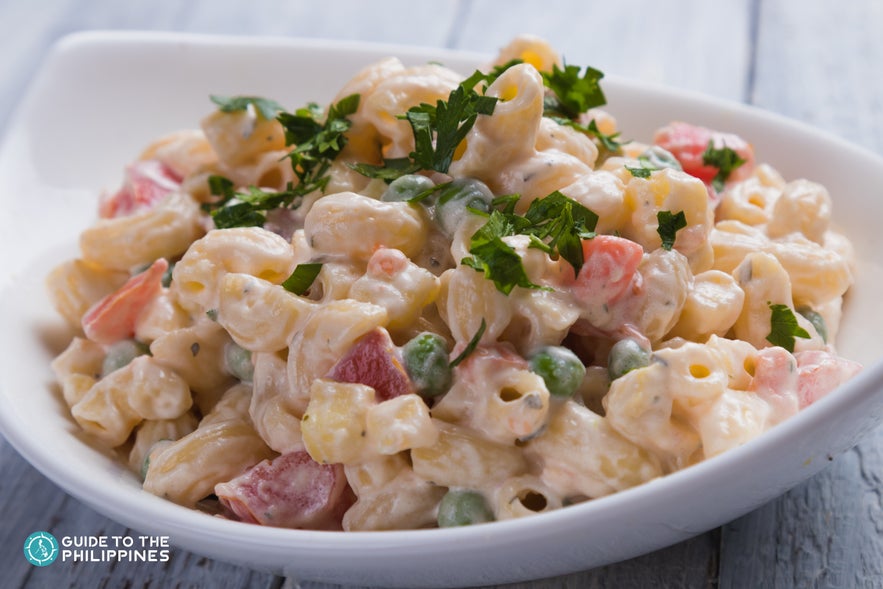
Americans love their mac and cheese, but Filipinos — having a penchant for anything sweet — turns macaroni into a colorful and tasty dessert! For many in the country, this sweet-style macaroni salad spells the holidays.
It is loaded with canned sweetened fruits, condensed milk, mayonnaise, and cheese, and best served cold. Many say this version was created as a budget-friendly alternative to fruit salad, as it can serve more people for the same or lesser cost than the latter.
On the more savory side, Filipino-style chicken macaroni salad is also a celebration staple. The pasta is loaded with chicken, ham, raisins, diced carrots, onions, crushed pineapples, and hard-boiled eggs, and still tied together by a dressing combo of mayonnaise and condensed milk.
8. Bibingka and Puto Bumbong
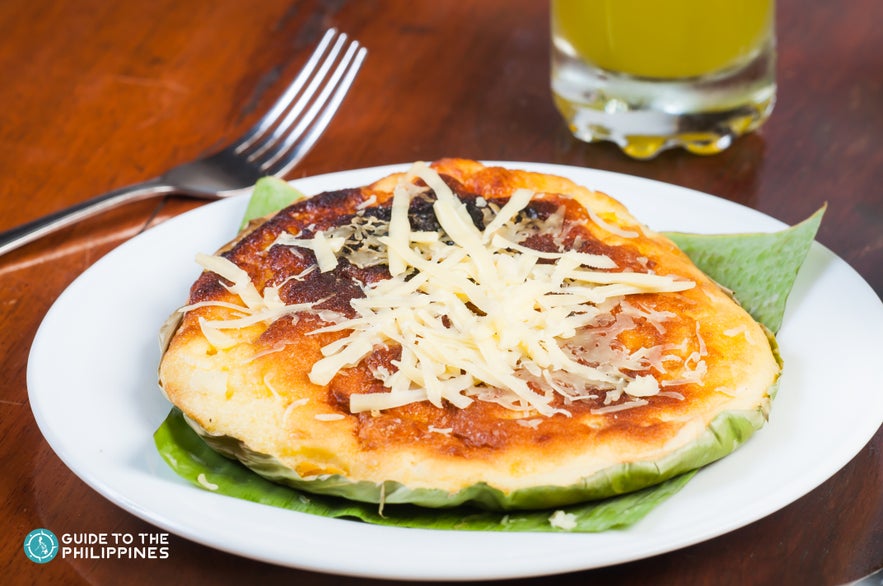
From small celebrations to huge festival gatherings, there is a big chance you would find sweet and chewy delicacies on the Filipino table. Locally known as kakanin, derived from the word kanin which means “rice,” these delectable treats have been prepared by Filipinos even before colonial times.
There are many variations of these rice-based snacks spanning the entire country, but one of the most popular kakanins would have to be bibingka. Made with rice flour and coconut milk, these rice cakes are cooked in clay pots lined with banana leaves, placed over hot coals.
Bibingka can be eaten plain but topped with choices such as butter, cheese, sugar, grated coconut, or salted egg slices, then they taste another level.
However, there is no other kakanin that is synonymous with Christmas than that of puto bumbong. The name comes from two Tagalog words that essentially describes the dish, puto or rice cake cooked in bumbong or bamboo cylinders.
Traditionally prepared using black rice, puto bumbong is now usually made with glutinous rice and ube (purple yam) which gives it its signature purplish color and is served with butter, sugar, and grated coconut. It is a popular snack right after attending Simbang Gabi or dawn masses, celebrated 9 mornings leading up to Christmas Day.
Serving kakanins, chewy and sticky as they are, during important occasions like Christmas is believed to strengthen the close bond among family members.
7. Leche Flan

Rich, creamy, melt-in-your-mouth goodness — that’s leche flan for you. This Filipino dessert is a crowd favorite during celebrations (or actually, any given day), leche flan is simply the Filipino version of creme caramel. Sugar is slowly melted on a llanera, an oval-shaped tin can, to create a golden caramel.
A mixture of egg yolks, condensed milk, and evaporated milk is then poured over it and is either baked or steamed to create this custard treat. After chilling it overnight, the pan is then inverted onto a serving plate so the caramelized sugar is at the top of the silky custard. But no judgment if you dig into it straight from the pan!
6. Lumpia Shanghai
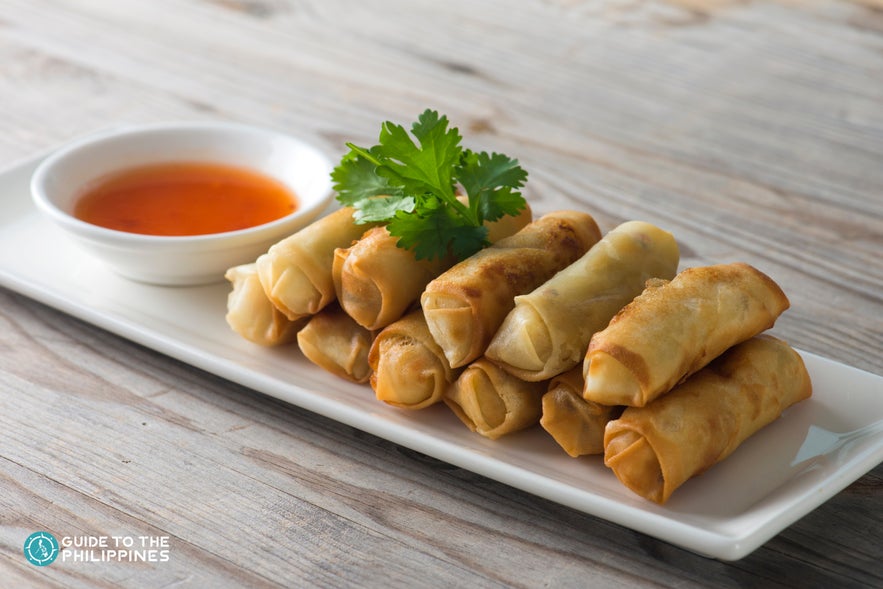
It would come as a surprise — and a disappointment to many — if you turn up to a Filipino party and not see perfectly golden, crunchy spring rolls on the table. Irresistible is an understatement when talking about Lumpia Shanghai.
These are bite-sized, fried spring rolls with a tasty mix of ground pork (or beef or chicken), minced onions, grated carrots, and spring onions, seasoned with soy sauce, sesame oil, and black pepper.
This filling is then placed on thin crepe-like lumpia wrappers, rolled and sealed with water or egg, and fried to golden perfection. These munchies are best dipped in sweet and sour sauce or catsup. Trust us when we say Lumpia Shanghai is nothing short of addictive!
5. Keso de Bola
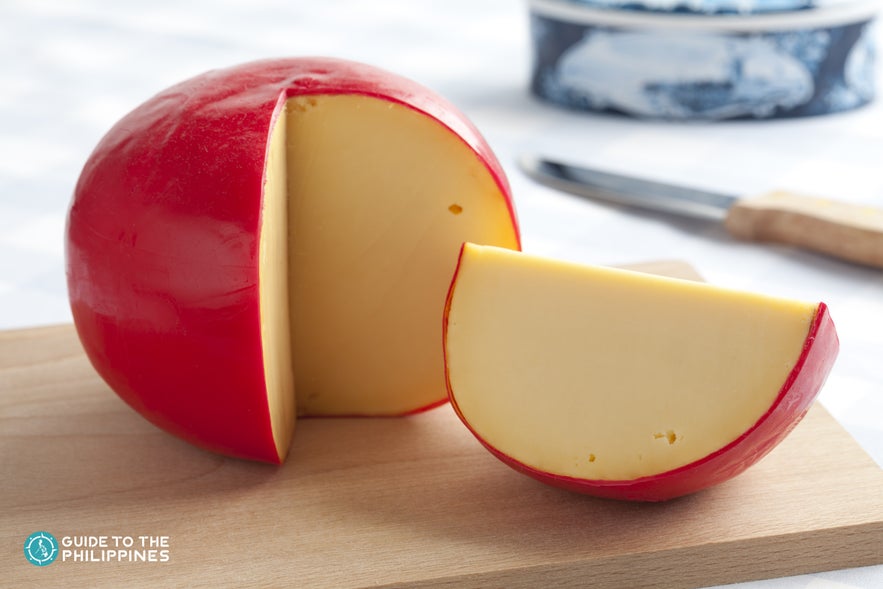
While the Philippines does not have a strong cheese culture that of countries like France, Switzerland, and Italy, a fixture in the Filipino Christmas spread is Edam cheese, or popularly known as quezo de bola (named such because of its spherical shape).
It is a semi-hard cheese with a bright red wax coating and has a mild taste. It can be eaten on its own, but a few slices with pan de sal, crackers, or ham make quezo de bola such a treat.
4. Fruit Salad, Buko Salad, Buko Pandan
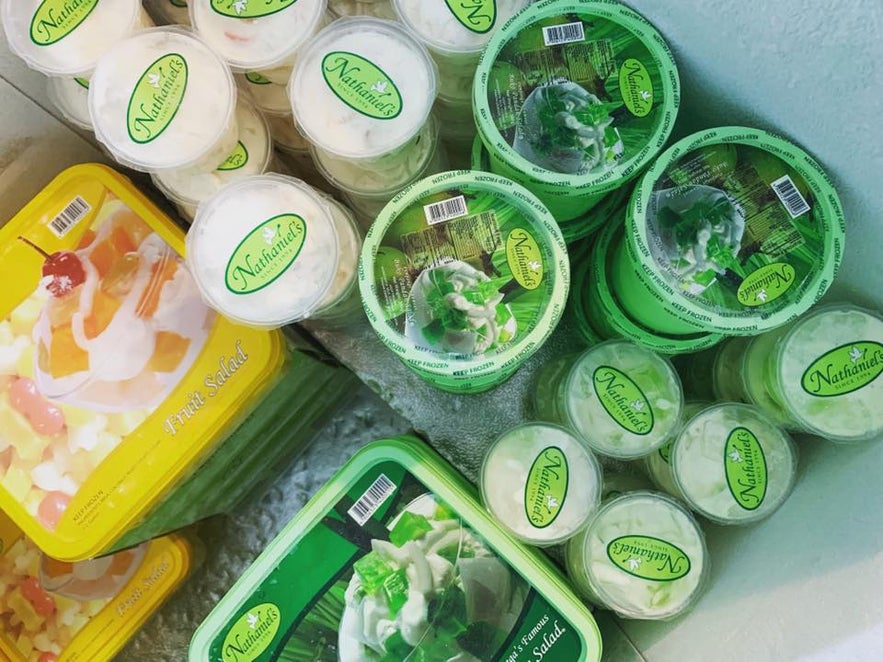 Photo by Nathaniel's Bakeshop
Photo by Nathaniel's Bakeshop
When huge cans of fruit cocktails flood supermarkets during the Christmas season, you know it’s time for Filipino fruit salad! Colorful, sweet, and cold, fruit salad is the perfect dessert during Christmas celebrations.
It is also very easy to make and only needs three ingredients: canned fruit cocktail, cream, and condensed milk — all just mixed together and then chilled. To make this treat extra special, others would add in maraschino cherries, more nata de coco (coconut gel), or cheese.
Buko salad is also a crowd-pleaser during Christmas gatherings and other celebrations in the Philippines. Somewhat similar to fruit salad, the main star of this dessert is the buko, or fresh young coconut meat. Fruit cocktail, kaong (sweet palm fruit), or corn kernels can also be added.
Throw in buko pandan, which can be regarded as buko salad as well, and Filipino Christmas dessert spread is complete! Its main difference from the usual buko salad is the addition of gulaman (jelly cubes) specifically flavored with pandan or screwpine, which gives off a distinct bright green color and grassy but fragrant aroma.
While we are at the topic of fruits, it has been a tradition for most Filipino families to have a huge bowl of fruits during Christmas and New Year.
But it comes with a specific instruction: there must be 12 different kinds of round fruits — 12 for the number of months in a year, and round as symbolism for coins — attracting good fortune for the year to come.
3. Pinoy-style Spaghetti
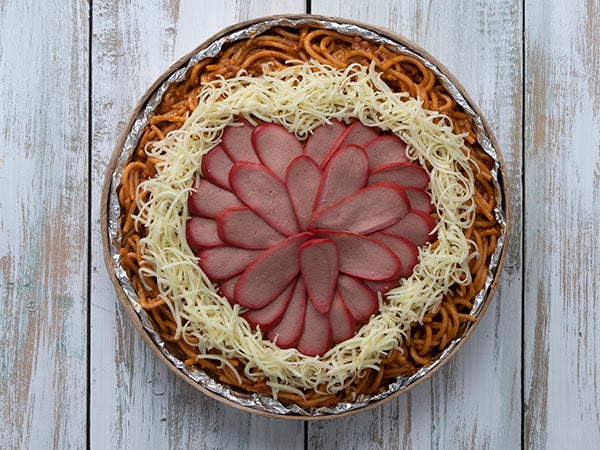 Photo by Amber Restaurant
Photo by Amber Restaurant
The Italians would most likely be unhappy with this, but for most Filipinos, their take on spaghetti is nothing but one that sparks fond childhood memories and the comfort of home.
The red sauce of Pinoy-style spaghetti is distinctively sweet as it is made with tomato sauce and banana catsup, together with other ingredients such as ground pork or beef, minced garlic and onions, and sometimes, diced carrots. And the topping? Hotdogs and grated cheese.
2. Christmas Ham
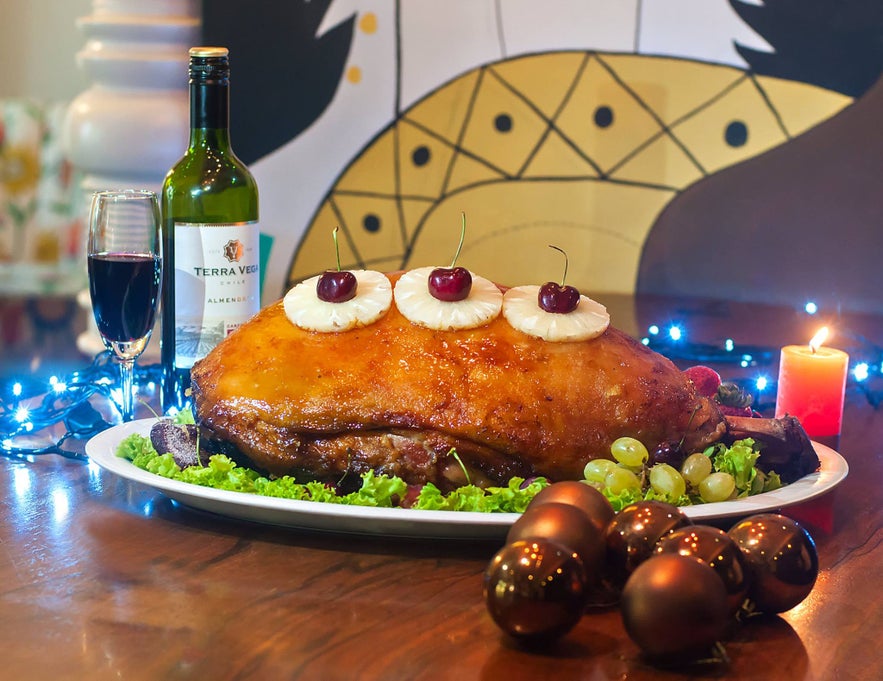 Photo by Majestic Ham
Photo by Majestic Ham
One would argue that ham is the rightful star of the show during Christmas feasts in the Philippines. But others would say it only comes close to the one true centerpiece — we’ll get to that shortly.
Over the recent years, Christmas ham is not something Filipino households would prepare from scratch anymore as big brands already sell it in every supermarket or grocery, especially during the Christmas season. But what would characterize the ham that Filipinos have come to love is its sweet and fruity glaze, most often coming from pineapple juice.
The morning after the Christmas eve celebration would usually mean a breakfast of leftover ham slices, coated with its glaze, and fried until crispy and caramelized. Of course, eaten with steamed white rice!
1. Lechon

Though unofficial, Lechon is regarded as the national dish of the Philippines. From intimate birthday celebrations, wedding receptions, to town fiestas, one would most likely see a roasted whole pig, with its shiny reddish-brown skin, on top of the table. Christmas feasts are also no exception, lechon is still front and center.
Whole pigs are spit-roasted over charcoal until the meat is tender and the skin is ultra-crispy. Family members, relatives, and friends would troop over and start getting their bits or pieces (the skin is usually gone in a blink of an eye!) or the lechon could also be chopped and served as bite-sized slices.
Lechon is often served with a thick liver sauce or a soy sauce and vinegar dip. Left-overs are cooked again with vinegar, bell peppers, and garlic to become lechon paksiw — and the celebration continues on for days.
Feast on Iconic Filipino Christmas Dishes
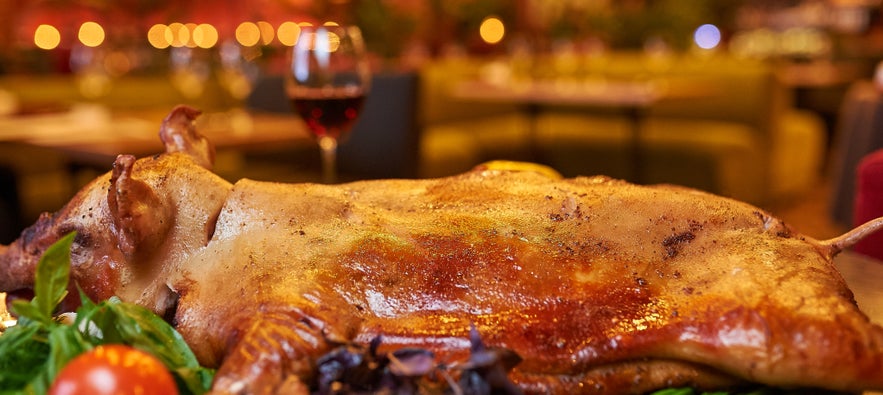
As a predominantly Catholic nation, Filipinos celebrate Christmas with the religious activities associated with it. Old folks remind the younger generation that the season is not about the lavish gifts or parties, but the celebration of the birth of Jesus Christ.
But in between this, a feast over amazing and delicious food is also an integral part of how Filipinos celebrate Christmas — shared with family and friends, with gratitude for the bountiful blessings that already are and yet to come.

